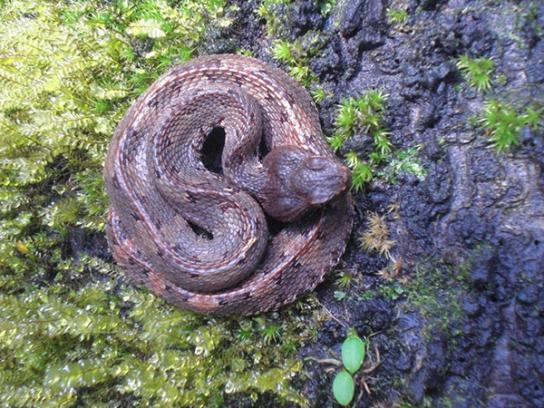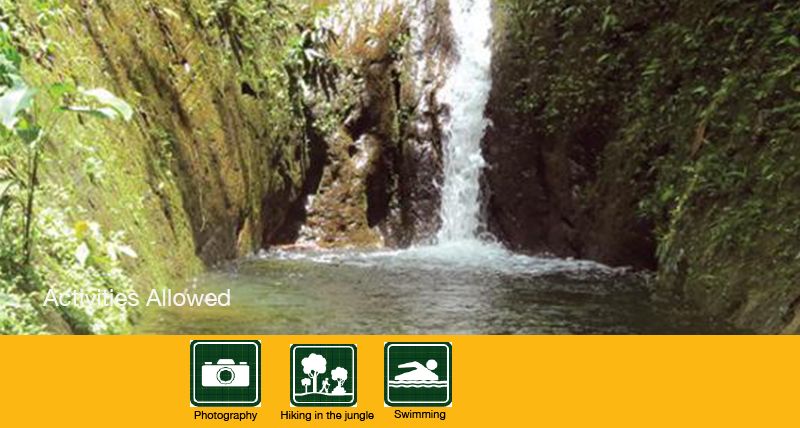The Pambilar protects and conserves a small area of the tropical rain forest of the region known as Choco, that extends from Panama, continues down through the pacific coast of Colombia and it delves in the Ecuadorian northwest. The existing forests of this region, for example those of El Pambilar, is characterized for two particular aspects: its high humidity and its great diversity of species.

From Quito. To arrive to El Pambilar take the route Quito-Los Bancos-Puerto Quito (164km) and then continue onto the route Puerto Quito-La Sexta- Las Golondrinas (35 km).
From Las Golondrinas take the road to San Francisco de Hoja Blanca community, crossing through the community Hoja Blanca Chachi Chabambi. From this community you take the road with the sign that points you towards the protected area and from there it's a 4 and a half kilometre walk (approximate walking time: 4 hours).

Geography, biodiversity and attractions
This protected area is located in Choco, one of the rainiest regions of the planet. This is due to the fact that on the north coasts of Ecuador and the Colombian pacific there is a current of warm water that generates constant evaporation, resulting in a lot of clould cover throughout the year. Several tributary rivers and streams to larger rivers of the Ecuadorian coast are born within this area, such as Onzole ( which flows in to the Cayapas el Maribe (which flows in to the Rio Verde and the Rio La Desgracia (which flows in to the Canade and then the Esmeraldas River)
Because the surrounding area of this protected region has been tampered with mainly by the timber industry and African palm plantations, the protected forests of El Pambilar have truly become a refuge for the wildlife of this area. Its main assets are the native flora and fauna. There are very ancient and large trees of figueroa, bobo moral, clorado, chanul, fernan sanchez, and lignum vitae. You might even catch a glimpse of species in danger of extinction such as the jaguar, white-lipped peccary, and brown-headed spider monkey.


















